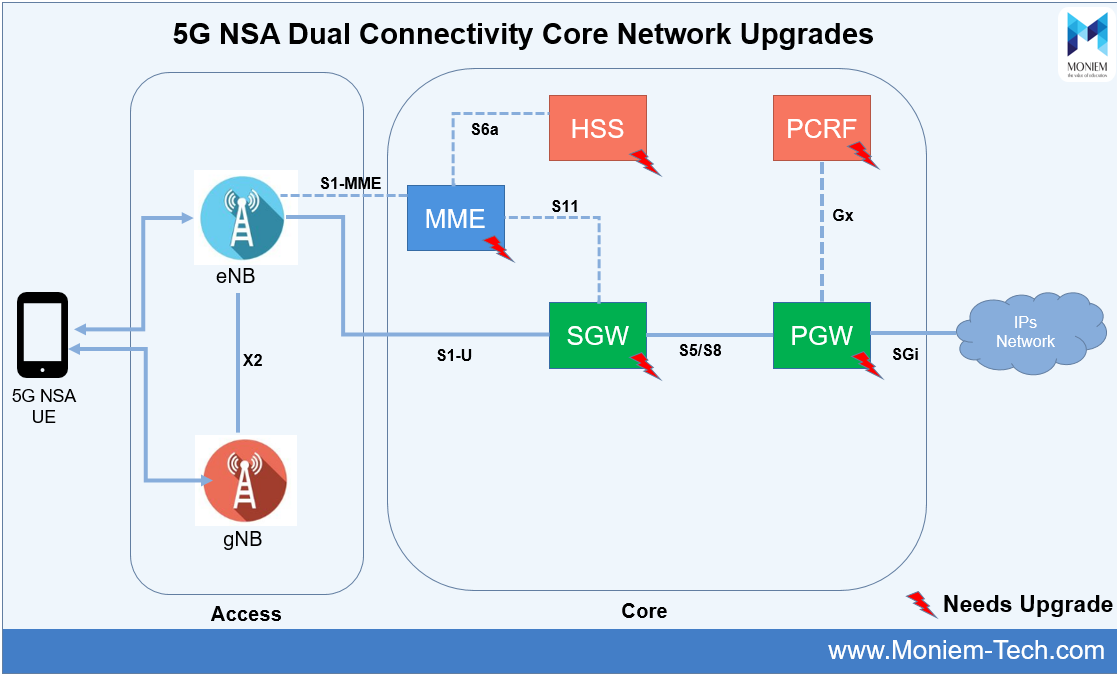
What is Virtualization? Virtualization means decoupling software from hardware, enabling mobile network operators to handle dynamic and challenging use cases, such as enhanced mobile broadband (eMBB), massive connectivity (mIoT), and […]

Dual Connectivity From the 1st Session of 5G RAN Training: How does Dual Connectivity improve the total BW. Also the limitation of using FDD for LTE and TDD for 5G NR. […]

I summarized these #10 5G Learned Lessons from #5G_Asia and RCRWireless report about this big event 1- Operators should focus on replacing their legacy networks to pave the way to all IP […]

15 kHz as 5G Baseline Numerology 5G RRC States In 5G and the previous generations, the device can be in different states depending on the traffic activity. NR device can […]

